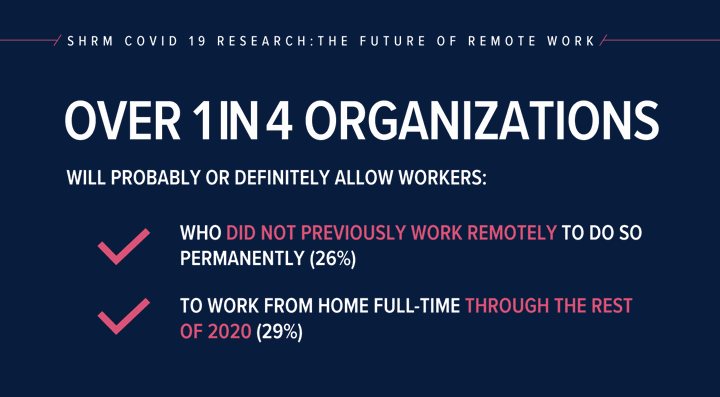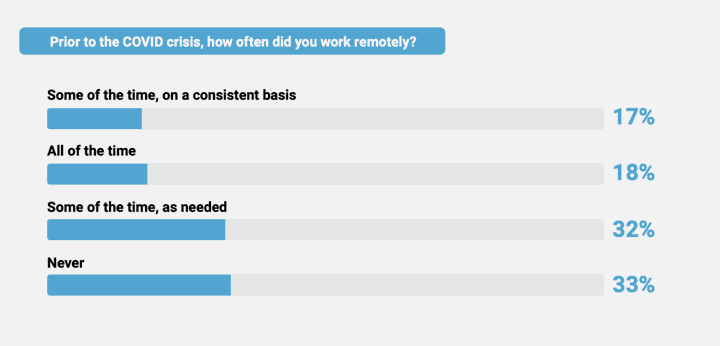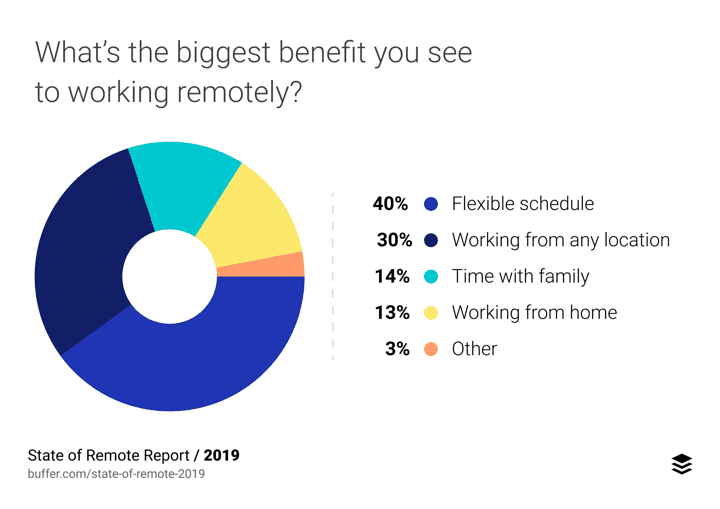Last updated on 11/2/2022
Remote work which many considered a "nice-to-have" has quickly become a "must-have" as people begin to settle into a new routine created by the pandemic with less commute time, more family time, more personal time, and many other advantages.
Below you'll find a list of new statistics on remote work including the current adoption, future adoption, its challenges, its impact on organizations, and impact on your people's lives.
Here is how the remote work statistics are broken down:
We've got your back. Your people want lifestyle perks that meet them whatever their needs are in life, and wherever they live.
You've got questions; we've got answers. Let's connect to see how a remote work stipend would work at your company, and how it can help your company achieve even greater success.




